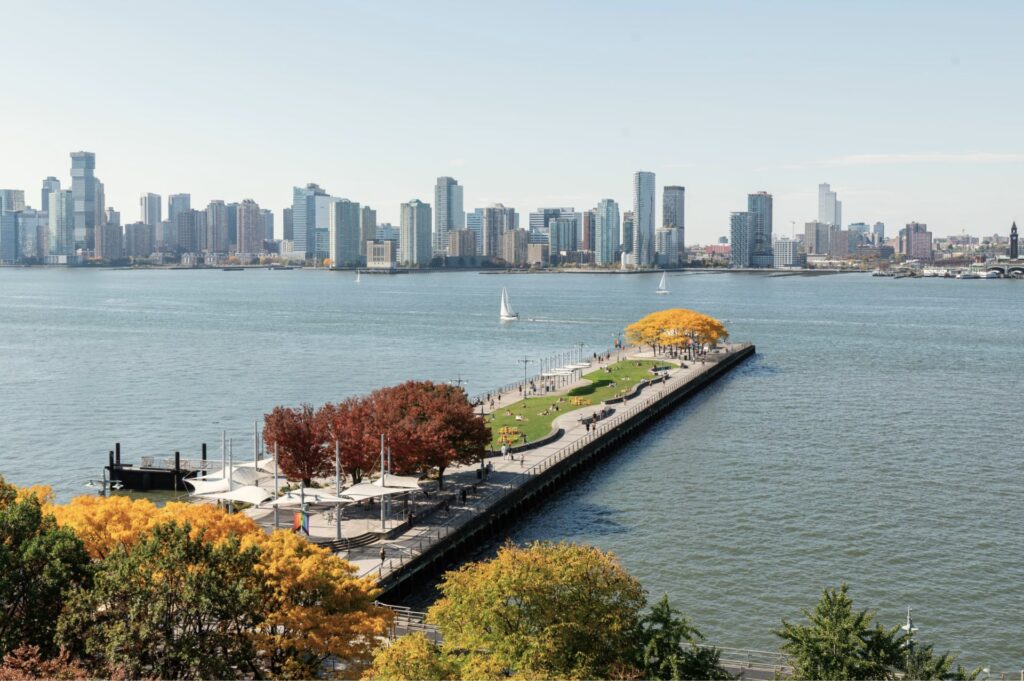Planning for retirement is about more than just winding down; it’s about securing a lifestyle that brings comfort, connection, and peace of mind. One of the most important aspects to understand when considering a move to a retirement village is the financial commitment involved.
At Marston Living, we believe that financial transparency is key to confident retirement finance planning. In this article, we take you through the typical costs of retirement living, how these compare to other housing options, and what to look out for before signing any contracts.
Why Understanding the Financials Matters
With property prices, living costs, and healthcare expenses rising across Australia, especially in major centres like Sydney, retirees are increasingly looking for value, security, and simplicity. A retirement village can provide all three, but it’s essential to be informed about the full financial picture before making the move.
Read more about the impact of Sydney’s cost of living on retirees.
Key Costs to Consider in a Retirement Village
When moving into a retirement village, you’ll typically encounter several types of costs, each serving a specific purpose. These usually include:
1. Ingoing Contribution (Entry Payment)
This payment secures your long-term right to live in the village, without the responsibilities of traditional home ownership. While the cost can be similar to purchasing a property, you’re entering into a lease or licence arrangement, with the village operator handling ownership, insurance, staffing, and maintenance, giving residents peace of mind and more time to enjoy their lifestyle.
2. Ongoing Fees (Service or Maintenance Fees)
These fees cover the day-to-day running of the village, including:
- Staff wages
- Facility maintenance (gardens, gyms, pools)
- Security service
- Insurance for communal areas
- Scheduled social activities
At Marston Living, we aim to keep these fees reasonable and predictable so that our residents can budget confidently.
3. Exit Fees (Deferred Management Fee or DMF)
The DMF is typically a percentage of your entry price (or resale price) and is deducted when you leave the village. This helps operators invest in maintenance and future upgrades. The DMF structure varies between providers; some charge more in the early years and cap the total fee after a period (e.g. 10 years).
We highlight the typical costs and fee structures before moving into a retirement village.
Understanding Contracts and Legal Protections
In NSW, retirement villages are regulated under the Retirement Villages Act 1999, giving residents certain rights and protections. Before committing, operators are required to provide:
- A Disclosure Statement
- A Village Comparison Document
- A Residence Contract outlining all costs and obligations
These documents are designed to help you compare villages easily and make an informed decision.
To dive deeper into your rights and what’s required by law, visit NSW Fair Trading’s guide to moving into a retirement village.
Is Retirement Village Living Cost-Effective??
Many people compare the cost of moving into a retirement village with staying in their existing home or downsizing to a standard apartment. While a retirement village may seem like a larger upfront commitment, it often proves more cost-effective in the long run.
In a traditional home, you’re responsible for maintenance, council rates, utilities, home modifications, all whilst trying to stay socially connected. In contrast, finance for retirement village living consolidates many of these expenses into a single, manageable service fee. Villages like Marston Living offer built-in security, accessible design, social activities, and professionally maintained amenities, features that would cost significantly more if arranged independently.
When you factor in the peace of mind, lifestyle benefits, and reduced personal responsibility, retirement village living can offer excellent value for money, particularly for those looking to simplify and enhance their lifestyle during retirement.
Testimonial: “One of the things that makes living here easy is that we know what our outgoings are going to be each month. We’re not worried about unexpected costs that you have when you live in your own home”. Julie H.
Managing Finances in Retirement
Understanding how to finance retirement and effectively managing your day-to-day spending is a critical part of enjoying a stress-free lifestyle. While retirement may bring a fixed income through superannuation, pensions or savings, good planning ensures your money stretches further.
Start by creating a clear view of your retirement expenses, including both regular costs and one-off or emergency needs. Common categories include:
- Ongoing living costs such as groceries, insurance, transport, and entertainment
- Healthcare: including gap fees, medications and allied health services
- Housing fees, such as village service charges or rates
- Travel and leisure spending
The average living expenses for a retired couple in Australia can range from $45,000 to over $70,000 per year, depending on lifestyle. Downsizing and moving to a retirement village can help streamline many of these costs, reducing the burden of home maintenance.
Financial planning services can help retirees optimise their income streams, minimise tax where possible, and ensure sustainability over a longer retirement. Whether you’re preparing now or already retired, good advice on managing finances in retirement is one of the most valuable investments you can make.
What’s Included at Marston Living?
Marston Living offers premium retirement villages in sought-after Sydney locations like Dural, Galston, and Beacon Hill. Our villages include:
- Spacious, low-maintenance homes
- On-site community facilities and landscaped gardens
- Supportive community culture
- Transparent fee structures with no hidden surprises
- A resale process that helps protect your investment
We take the stress out of retirement finance by making our costs clear and our value compelling.
Frequently Asked Questions
1. What is the entry fee when you move into a retirement village?
Entry costs vary but typically reflect the property market in the area. This is the amount you pay when you move into a retirement village. It is also called a purchase price, a lease premium, or an in-going contribution.
2. Are retirement villages cheaper than aged care?
Yes. Retirement villages are designed for independent living and generally involve lower costs than aged care, which includes more intensive support and medical care.
3. What happens to my money when I leave the village?
When you exit a Marston Village, you have to pay a Departure charge (often referred to as Deferred Management Fees).
The exit fee is calculated based on the resale price when you leave the village. By charging an exit fee, the operator is able to reduce the ingoing price and thereby make retirement village living more affordable.
4. Will moving to a village affect my pension or super?
Your retirement village home is treated the same as your current home, meaning it’s generally exempt from pension calculations. However, if you sell your home to buy into a village, the money you free up from the sale could increase your available assets or cash. This may affect your pension entitlements. Speaking with a financial planner can help you understand the impact on both your pension and super, and plan the move in a way that works best for you.
5. Can I leave my unit to my family?
Generally not, as most retirement village contracts involve a lease or licence rather than full ownership. However, any remaining funds after your exit are returned to your estate..
6. What are the main expenses after retirement I should plan for?
Common retirement expenses include healthcare, home costs (if not in a village), insurance, transport, food, and lifestyle spending. Living in a retirement village can help consolidate and manage many of these.
Final Thoughts
Whether you’re already retired or starting to plan for retirement, understanding the financial aspects of retirement living is key to making informed decisions. From knowing how to finance retirement to managing daily costs, a clear picture of your retirement finances can give you the freedom to focus on what really matters, which is enjoying life.
At Marston Living, we’re committed to providing straightforward, high-quality options for those seeking a vibrant, well-managed community in retirement. Contact us today to speak with our team or book a private tour at one of our premium Sydney locations.


